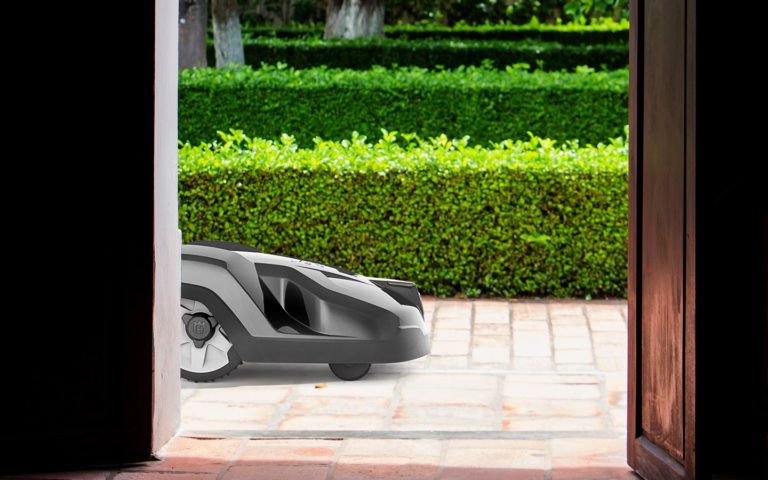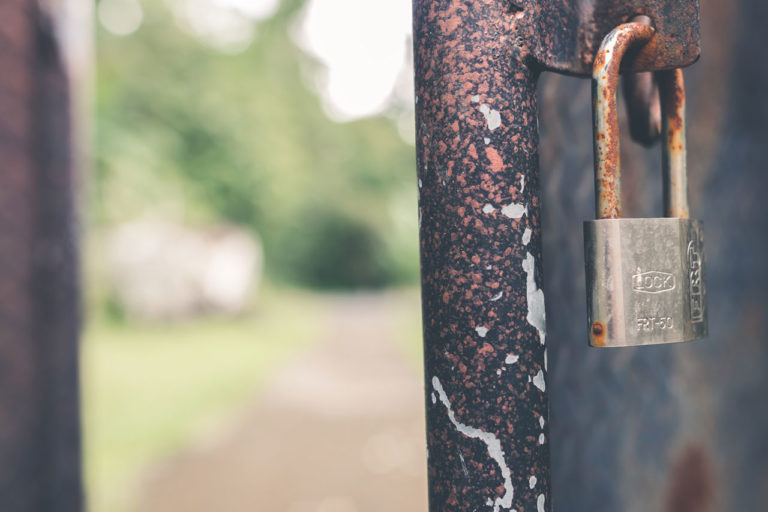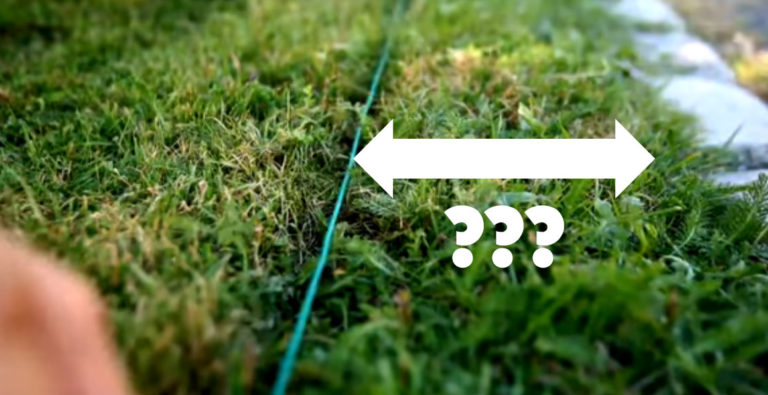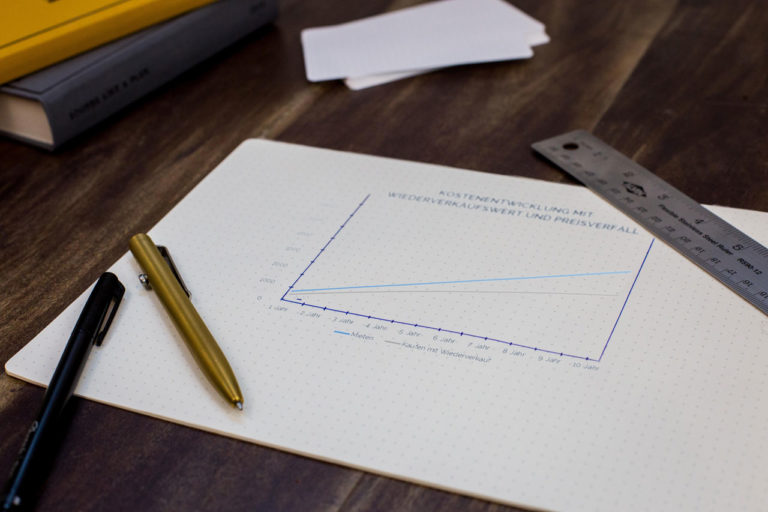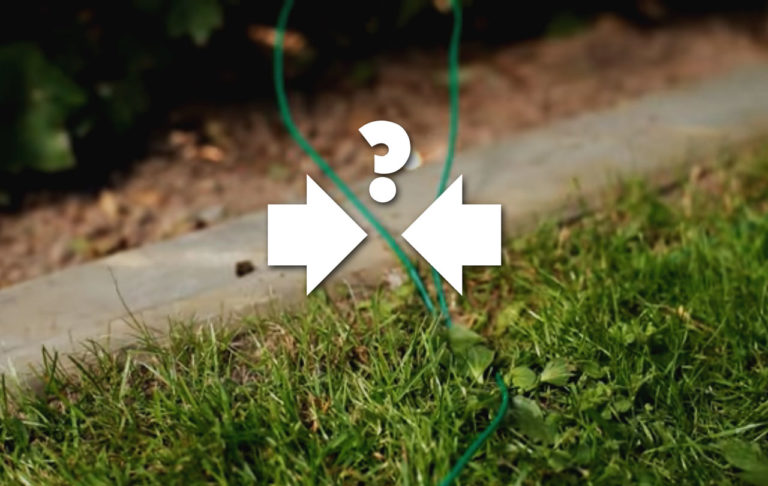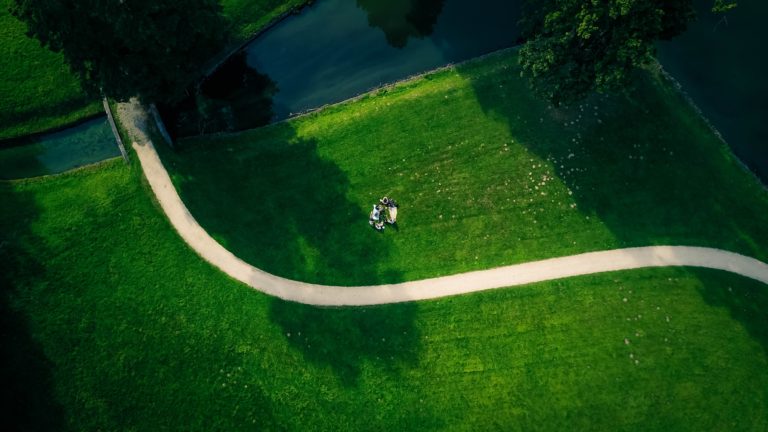If you have just purchased your first robotic mower, or if you plan to do so in the near future, two very important questions often arise at the beginning: How often should the robotic mower mow and how long should it mow? Since these questions cannot be answered in a generalized way, we want to get to the bottom of the whole thing in this article. Here is the short answer.
How often and how long should your robotic mower mow? Ideally the robotic mower should mow the lawn daily. The German Lawn Society has found that the best lawn pattern is achieved by mowing the lawn daily, closely followed by mowing every two days. How long a robotic mower has to mow depends on the ratio of the area output to the lawn area. More powerful robotic mowers create smaller areas in less time.
But can you not mow every other day? Or even every third? And how do you know exactly in your case how long your robotic mower has to mow? Here we get to the bottom of the matter.
Contents
The robotic mower should mow every day
Surely you already know that the robotic mower must and should mow much more often than a normal lawn mower. If not, I’ll explain briefly why: The robotic mower does not have a collecting bag, but instead mulches the lawn. Only the very tip of the lawn is cut off, which then lands on the lawn, weathers and is returned to the ground as fertilizer.
This only works well if this lawn mulch remains very short. Long lawn cuttings do not weather so well and can lead to matting of the lawn. It is therefore important that the robotic mower mows frequently enough. But how often is often enough?
Nowhere else is this explained in such detail. In the relevant forums on the topic you will see several different opinions and in the end you will be just as confused as before. Some people say the lawn should be mowed as often as possible, others think that too much mowing can damage the lawn. That is why I am writing this article to answer the question once and for all.
The duration of mowing is also important
Not only the frequency, but also the duration of the robotic mower’s use determines how often each individual area of the lawn is mowed.
At the same time, it is also important that the robotic mower catches every blade of grass on your lawn, so that it has enough time to cut your lawn. Otherwise the lawn will grow too long in some places, because you don’t give your robotic mower enough time to mow the whole yard.
The question of how long your robotic mower has to mow is not so easy to answer, but don’t worry, we’ll get to that later. After that you will know.
As just mentioned, the mulching system of the robotic mower only works well if the lawn is mowed often enough.
Does mowing too frequently damage the lawn?
On the internet, every now and then the claim appears that it can’t be good for the lawn if it is mowed every day. When mowing, the grass is damaged because part of the plant is cut off. And no plant can like that, can it?
But the grass in our lawn is actually specifically adapted to these conditions. It grows particularly well if it is mowed very often, unlike other plants such as weeds or even some other types of grass, which do not like having their heads shaved every day.
By mowing, lawn grasses are stimulated to “turf”, whereby they form a dense scar. At the same time, the stalks, which are created by the plant to form flowers, are removed, which keeps the lawn in a vegetative state for longer.
In a test, the German Lawn Society compared different mowing variants, comparing not only robotic mowers but also other devices.
The robotic mowers that mowed the lawn daily or every other day achieved the best results in lawn quality, although the lawn that was mowed daily was slightly better.
I tried to find a comparable test in English, but didn’t find one yet. If you trust the translation feature of your browser well enough, or you actually do speak German, you can read about the test here.
So the matter is clear, at least if you believe this test: it is best for the lawn to be mowed every day. The lawn does not suffer any significant damage; on the contrary, it grows all the better.
Can the robotic mower also mow just every other day?
But can the robotic mower mow every other day instead of every day? In short: Yes. As I already mentioned in the previous section, the German Lawn Society has found out that daily mowing provides the best lawn quality, but every-other-day mowing is not significantly worse.
Therefore, it is best to mow every day, but if that is too much for you, it is not a problem to just mow every other day. You could even argue with the Pareto principle and claim that it is the more efficient method.
If you get a slightly worse result with only half the effort (strictly speaking, your robotic mower is the one putting forth the effort), it is of course more efficient.
If your robotic mower only mows every other day, you have to make sure that it really mows the whole area on those days and not just a part.
If you have your robotic mower mow every day, you could program it to mow only a part of the area. For example, if the robotic mower normally needs an average of 8 hours to complete your area and you only let it mow for 4 hours in the morning, it will have randomly mowed the entire area about every 2 days.
Or, in the concrete example, you let it mow only every other day for the full 8 hours, so that it can cover the whole area.
It is important that the same each spot on your lawn should be mowed again after two days at the latest. The exact rhythm at which your robotic mower does this is of secondary importance.
And how long does the robotic mower take for your specific lawn area? We will get to that now!
How long must the robotic mower mow?
With every robotic mower you will always find an indication of the area capacity (sometimes also called maximum area capacity). This is the maximum area that the robotic mower can cover under absolutely ideal conditions.
In reality, these conditions are almost never present. They assume the following things:
- The lawn has no gradient
- The type of grass used in the lawn is easy to cut and does not grow as fast
- It never rains (for robotic mowers with a rain sensor)
- There are no obstacles in the lawn
- The lawn is square
- The robotic mower can fully utilize its maximum possible mowing time
I have already gone into this in more detail elsewhere, so below is just a very short explanation.
Slope
The robotic mower moves more slowly on slopes. In addition, the battery drains more quickly at the same time. The robotic mower therefore has to return to the charging station more often during the day to recharge.
Lawn variety
There are more robust grass varieties that need a little more “power” to be mowed. Or they simply grow faster. This also drains the battery of the robotic mower faster.
Rain sensor
Some robotic mowers have a rain sensor that is designed to prevent the robotic mower from mowing in the rain. This is only useful for some robotic mowers (especially heavy ones) and under certain conditions (large slopes in the lawn). Read more about it here. The robotic mower thus misses mowing intervals when it rains and cannot mow the lawn.
Obstacles in the lawn
Evasive maneuvers cost the robotic mower time. Most models bump into obstacles, stop for a moment, reset and turn in another direction. If this happens frequently during a mowing operation, it can significantly reduce the area output.
Square lawn
In general, the rule of thumb is that the more complex the lawn, the longer it takes the robotic mower to cover the same area, because corners at the sides more often and takes a while to find its way. In complex lawns, it often depends on auxiliary systems such as remote starting points.
Maximum mowing time
The maximum mowing time of robotic mowers is limited by software. Smaller robotic mowers usually cannot mow 24 hours a day, but are limited to a shorter maximum, such as 13 hours a day. Larger ones can mow continuously, but must of course recharge in the meantime. Of course it also makes a difference whether you can use the robotic mower at night.
How can you calculate the area output?
For some of the factors mentioned above, there are of course no exact figures on how much longer your robotic mower will take in those cases. Every lawn is a bit different. In general, the time your robotic mower needs for your area is the ratio of maximum area output and lawn area, taking into account the factors mentioned above.
But here are two simple examples:
Example 1: Simple area, maximum mowing time 24 hours
Your robotic mower has an area capacity of ½ acre and can mow a maximum of 24 hours a day. Your lawn is absolutely perfect, square, without slopes or obstacles, and has an actual surface area of ¼ acre.
Since it manages ½ acre in 24 hours, but only needs to mow ¼ acre, you divide ½ by ¼. Then you divide 24 hours by the result.
24 h / (½ acre/¼ acre) = 12 h
So your robotic mower needs 12 hours to mow the area.
Example 2: Simple area, maximum mowing time 13 hours
Let’s take the same example from above with a robotic mower that can only mow for 13 hours a day. If this robot still has a nominal area capacity of ½ acre, this means that it can cover the same area in a much shorter time than the robotic mower from example 1, since it only has 13 hours at its disposal.
13h / (½ acre/¼ acre) = 6.5 h
This mower is able to mow the entire lawn area in 6.5 hours (6 hours and 30 minutes). This would be an example of a robotic mower that has just the right amount of power for the area it has to mow. However, if you want to have your robotic mower on the lawn as scarcely as possible, it makes sense to use a much larger model.
Calculation of other factors
For factors such as “complexity”, one can in principle calculate with percentages. If there are “a few” obstacles, the mowing time could be extended by 15%, for example. However, it is difficult to quantify what “a few” means. Here you simply have to test it yourself.
By the way, if you would like to know more about which robotic mower you need for which size of lawn, I have written an article for you on this very subject.
Related questions
How short should you mow your lawn? The correct cutting height for your lawn depends on many factors, such as the season of the year, the lawn’s species and what the lawn is used for, but in many cases setting the cutting height to 2 to 3 inches is a good choice. During intense heat and dryness it makes sense to add another ½ inch.
Also interesting: Correctly setting the cutting height of the robotic mower
What does the square meter specification for the robotic mower mean? The square meter specification of the robotic mower indicates the maximum area output. However, this is based on optimal conditions that are usually not given in the real world. The manufacturers also assume that the robotic mower mows as often as the software allows. This can be 12 hours, but also 24 hours a day.
Also interesting: What the square meter specification of the robotic mower really means
